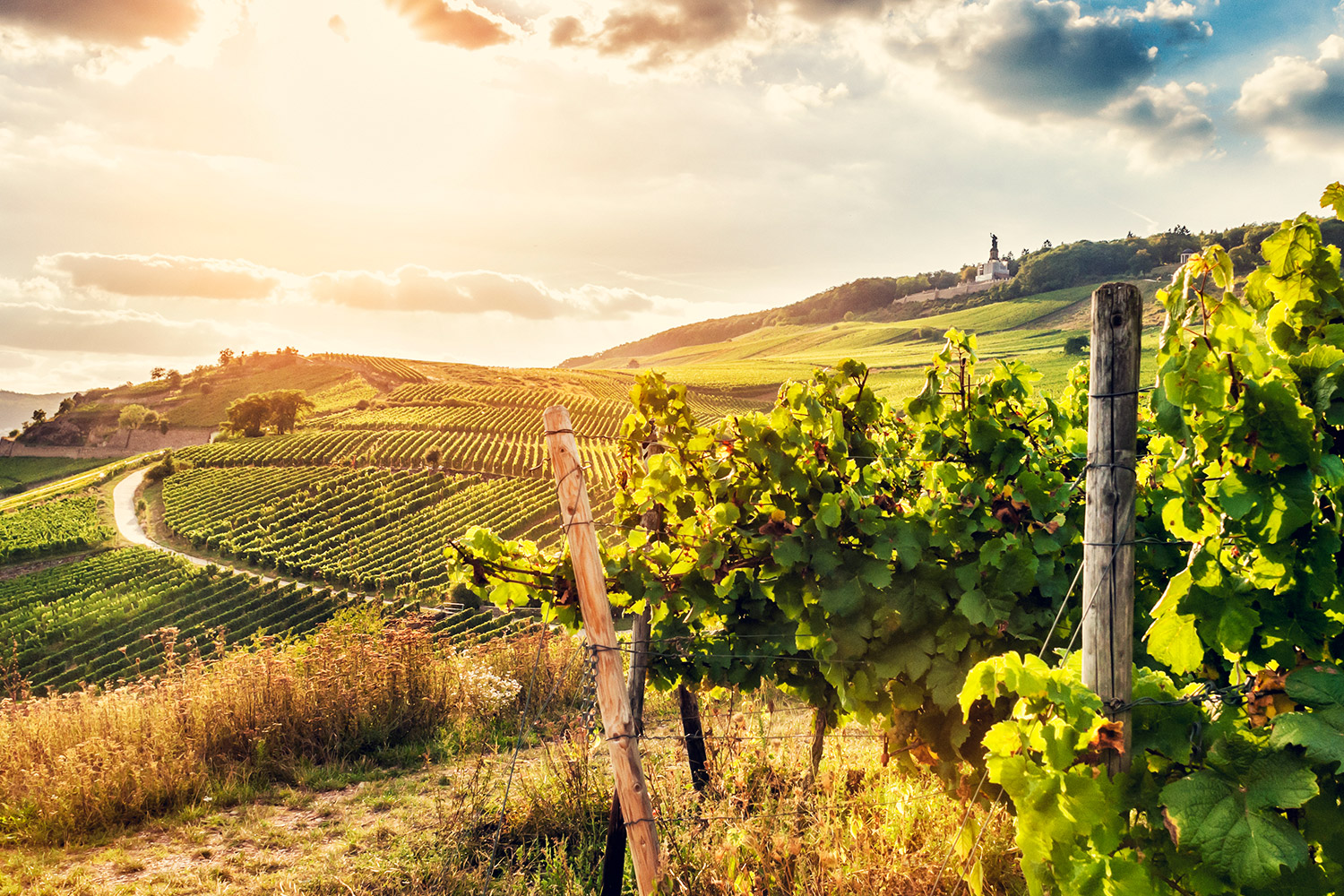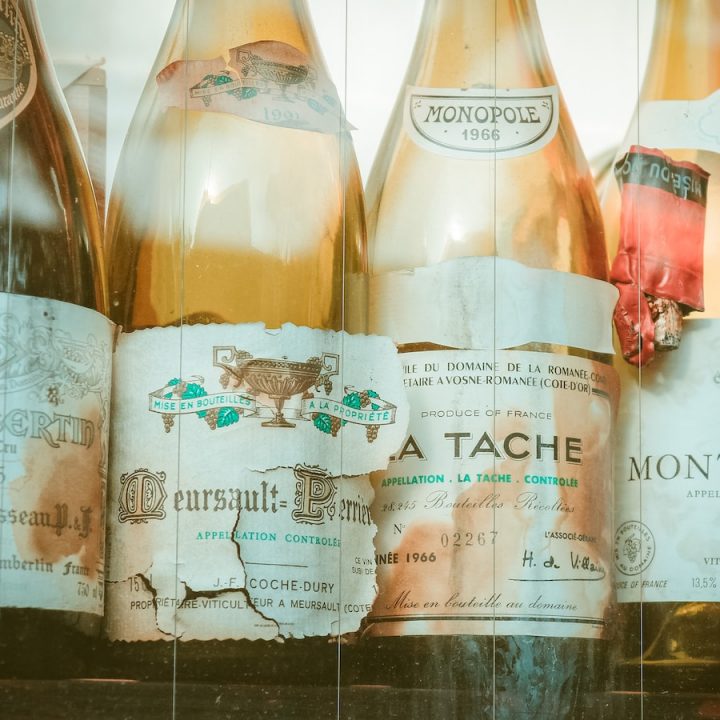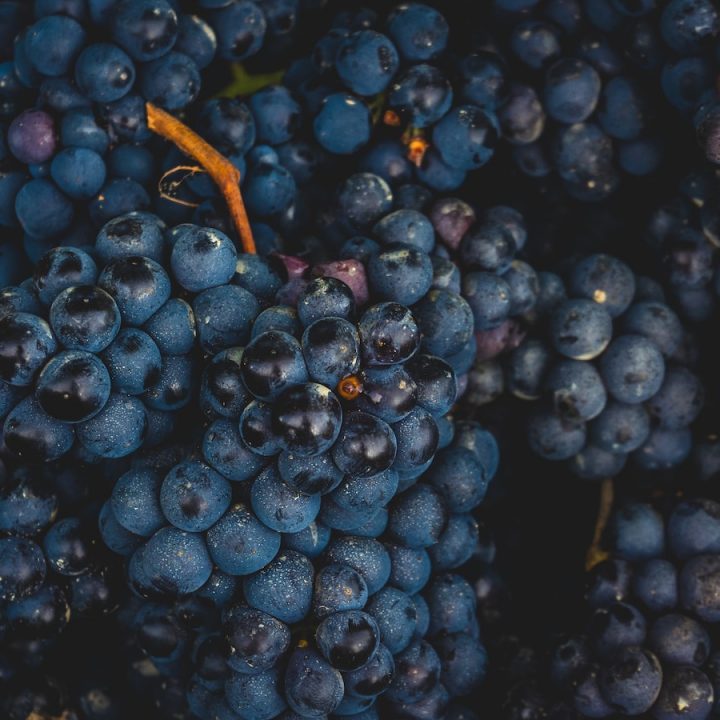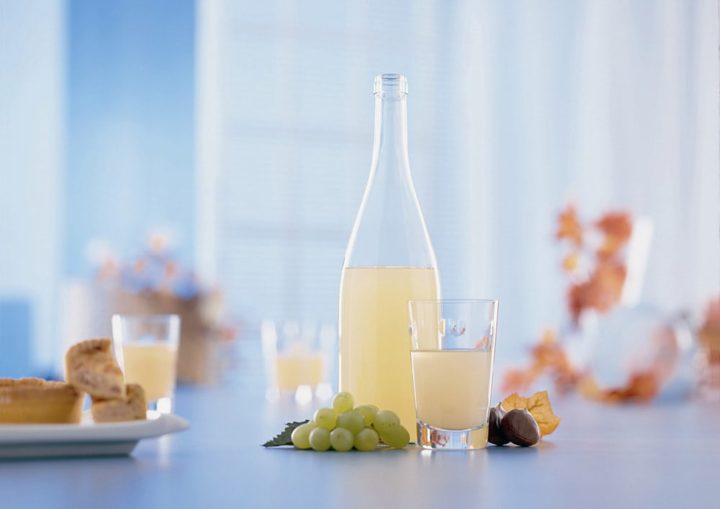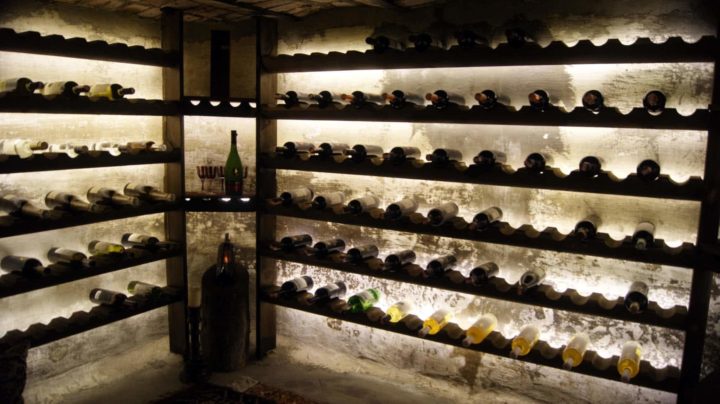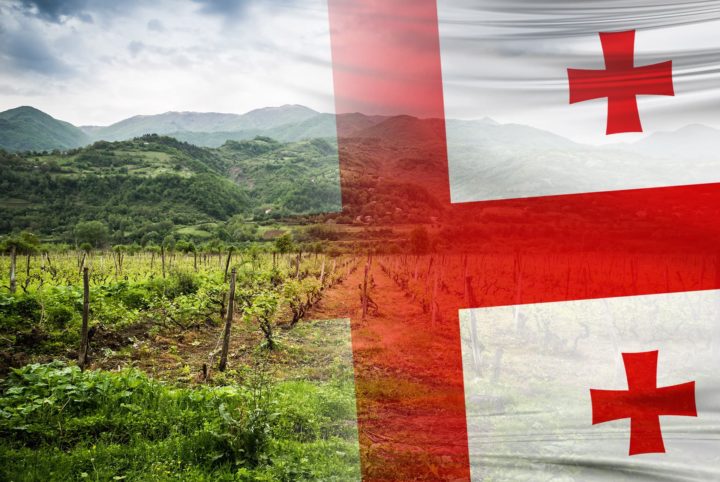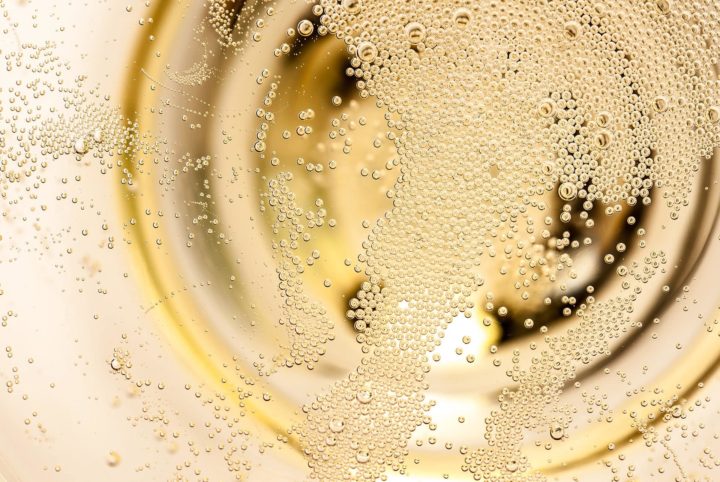In the north, protected from frosty winds by the forests and mountains of the Taunus, lie the top sites of the Hessian wine region Rheingau. With the protective low mountain range behind it and the wide Rhine at its feet as a reservoir of warmth and water, the wine-growing region has a very special microclimate that is reflected in the quality of its wines. The multi-layered soils and two millennia of wine culture produce world-renowned white and red wines. In addition, the Rheingau is considered the birthplace of the Riesling and the Spätlese.
Near Wiesbaden and Mainz, the Rhine, which otherwise ran in such a straight line, decided to make a small but significant change of course. For about 25 kilometers it bends to the west and over millions of years cut the present Rheingau valley into the landscape. Without this happy whim of nature, the Rheingau would never have come into being. It is only by this geological coincidence that it possesses its coveted prime sites with southern exposure.
The Rheingau wine-growing region is divided into eleven large vineyards with a total of 123 individual vineyards. Among them international top sites for Riesling and Pinot Noir. The wine-growing area extends far beyond the limits of its geographical location. For example, the Lohrberger Hang in the east of Frankfurt and the Böddinger Berg (the northernmost vineyard in Hesse) near Felsberg, also still belong to the Rheingau winegrowing region.
Preis inkl. MwSt., ggf. zzgl. Versandkosten / Letzte Aktualisierung am 2024-07-26 / Affiliate Links / Bildquelle: Amazon Product Advertising API
Riesling and Pinot Noir: The most popular grape varieties of the Rheingau
Welcome to the land of Riesling. With over 78% of the total cultivated area (as of 2008), the queen of vines clearly dominates. Almost all of the Rheingau’s top sites are planted with Riesling. Due to the characteristic acid structure, rheingau Rieslings often require a certain storage time before they reach drinking maturity. With 12.7%, Pinot Noir is the second most cultivated grape variety in the Rheingau. With 75 hectares under cultivation, on which only Pinot Noir is grown, the Assmanshausen vineyards represent the largest contiguous area under Pinot Noir in Germany. The Pinots from the Assmanshäuser Höllenberg vineyard enjoy a high reputation worldwide.
Rheingau wines characteristics
If you want to understand the character of the wines from the Rheingau, you have to be aware of the complexity of the soils to be found. While the balcony sites high above the Rhine are mainly quartz and slate soils, the lower valley sites are rich loam, loess and clay soils. A perfect basis for the famous Rheingau Rieslings.
In the far west, near Assmanshausen, the phyllite slate in particular makes for excellent Pinot Noir sites.
The 4 soil types of the Rheingau wine region
- Volcanic soils – full-bodied, rich wines
- Slate soils – fine racy, mineral and sparkling wines
- Keuper & shell limestone soils – hearty, full-bodied wines
- Loess & clay soils – rich wines with an expansive bouquet
Birthplace of the late vintage
While Alexander Flemming forgot a bacterial culture before the summer vacations and thus discovered penicillin by chance, we also owe the discovery of the late harvest to a coincidence. More precisely: a delay.
The first late harvest was not planned. Even about 250 years ago, strict rules prevailed in viticulture. Thus, winegrowers were not allowed to harvest the wine until the municipalities granted them a harvest permit. But this regulation did not apply to the Johannisberg winery. Here, reading permission had to be granted by the owner at the time, the Prince-Bishop of Fulda. So it happened that in 1775 the courier sent out was delayed by two weeks.
The wine-growing monks of Johannisberg had to watch the grapes on the vines shrivel up and grow mold for 14 days. After the courier finally arrived with the longed-for reading permit, they decided to catch up with the seemingly bad reading anyway. The wine pressed from it was of superior quality and caused great astonishment. The monks enjoyed the first late harvest in history and accidentally discovered the beneficial properties of noble rot Botrytis cinerea. This event is considered the birth of noble sweet predicate wines (Auslese, Beerenauslese, Trockenbeerenauslese and Eiswein).
Well known wineries in the Rheingau
- August Kesseler
- Balthasar Ress
- Chat Sauvage
- F. B. Schönleber
- Fritz Allendorf
- Wineries Wegeler
- Winery Kaufmann
- Winery Crown
- Leitz Winery
- Winery Eberbach Monastery
- Winery artist
- Peter Jakob Kühn
- Prince of Hesse
- Robert King
- Robert Weil
- Johannisberg Castle
- Schönborn Castle
- Vollrads Castle
What is the best time of year to visit the Rheingau for a wine tasting?
In addition, especially from May to September, various wine and cultural events are held, which can further expand the range of wine tasting in the region .
